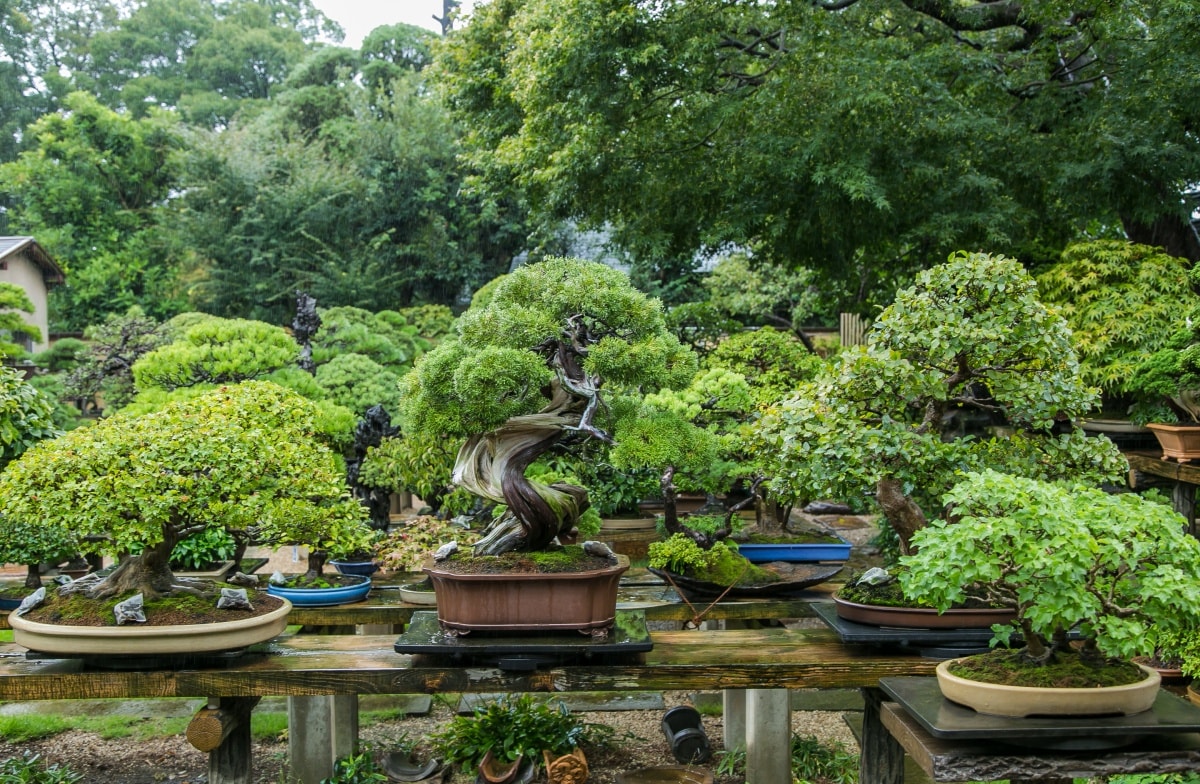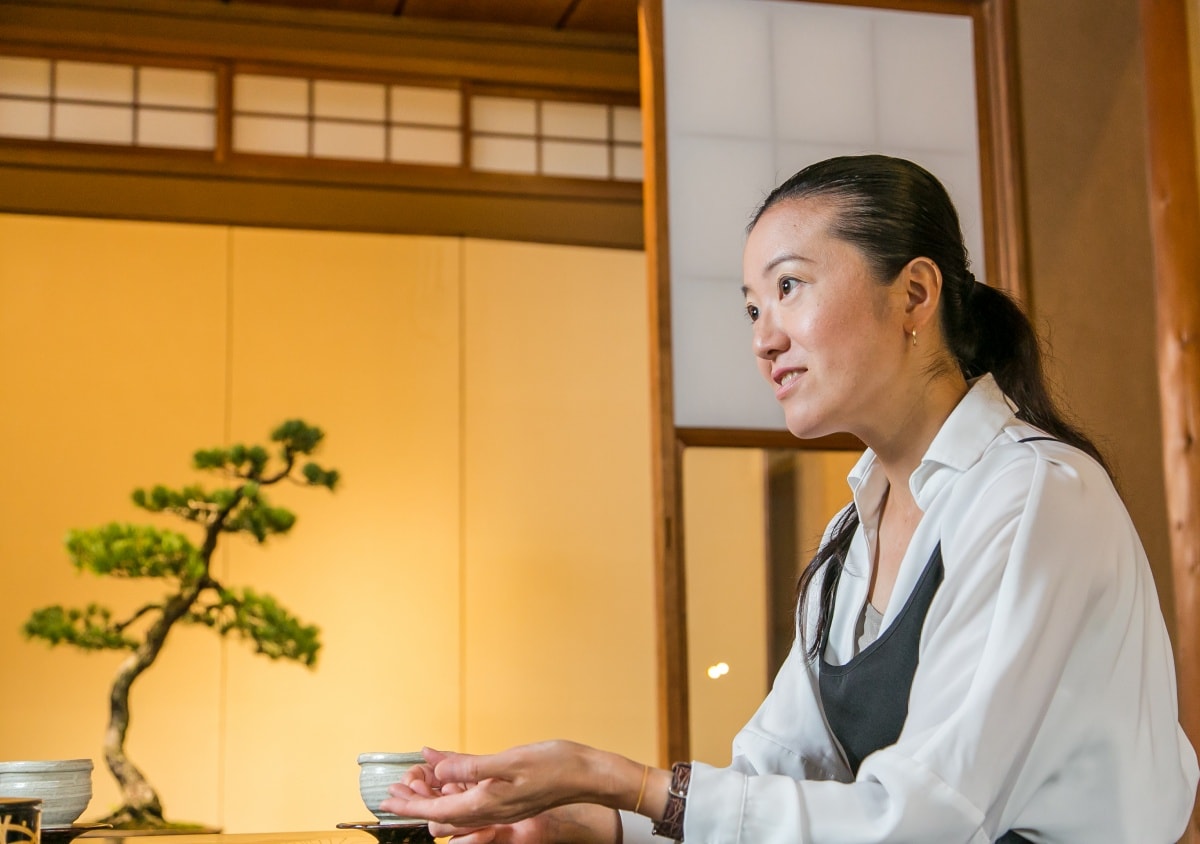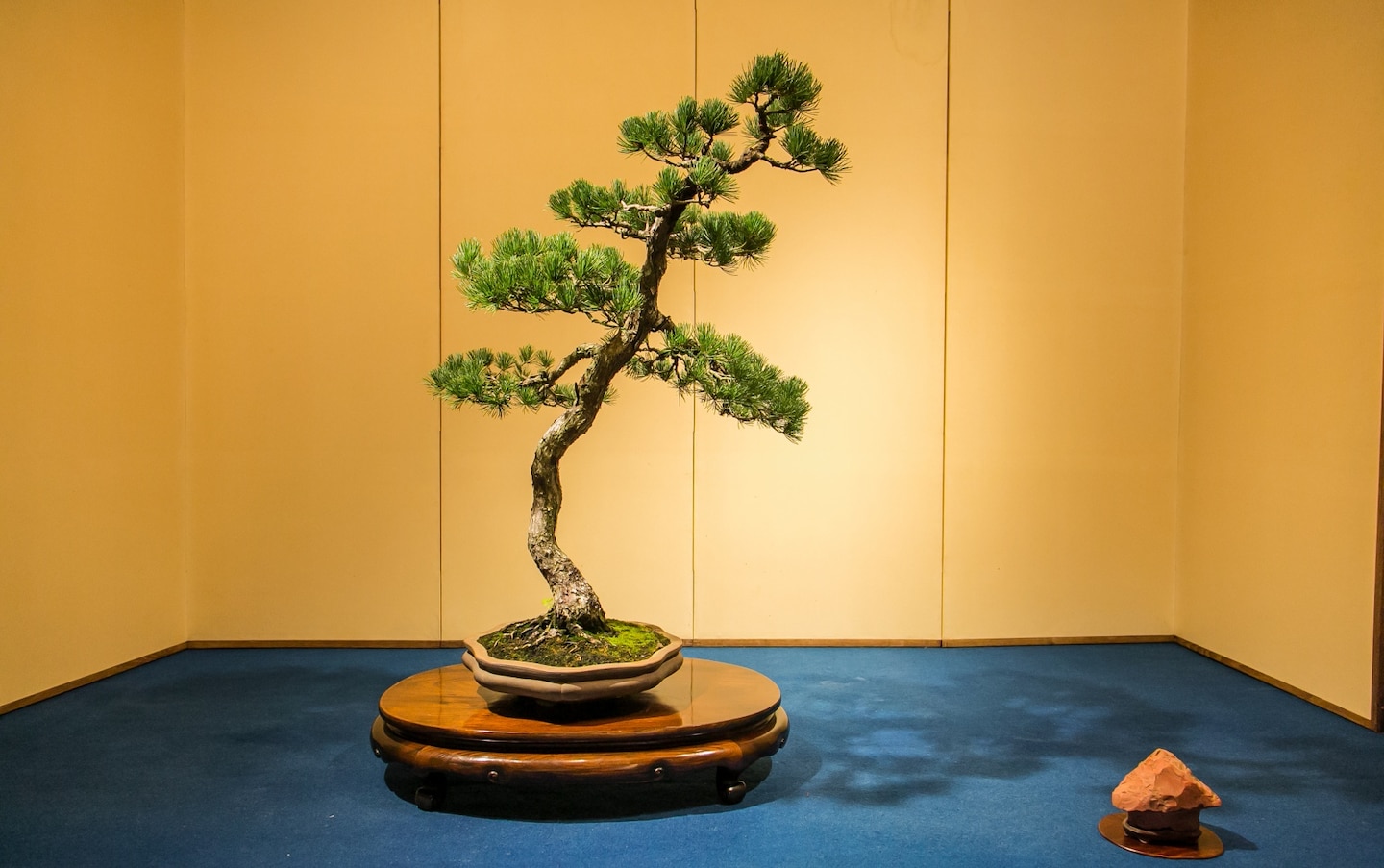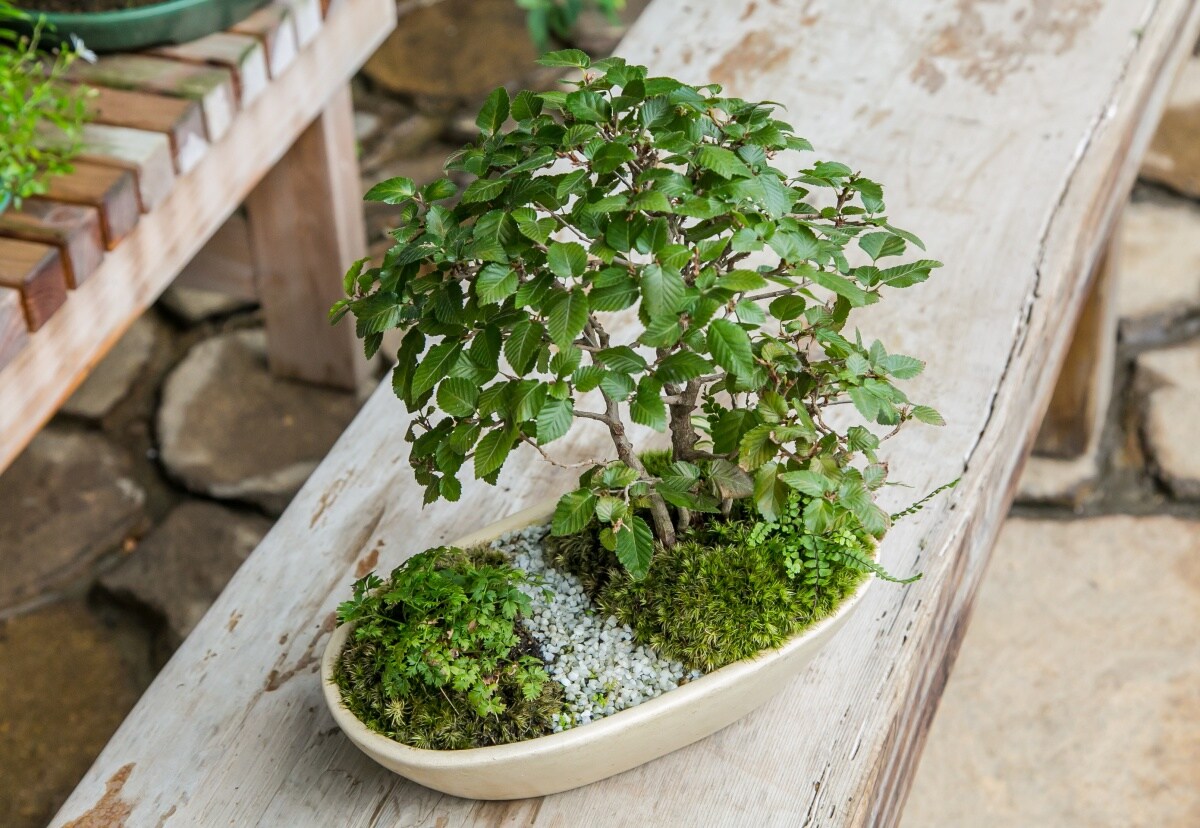The Living Appeal of Bonsai Art
Bonsai, the art of planting and tending to miniature trees in pots, is a noteworthy offshoot of Japan’s vaunted gardening culture. Bonsai gained worldwide notice in the 1970s, and its popularity only continues to grow. “Bonsai evangelist” Kaori Yamada describes the appeal of bonsai and the differences between bonsai in Japan and abroad.
By Highlighting Japan
https://www.gov-online.go.jp/eng/publicity/book/hlj/html/201811/201811_12_en.html
Omiya Bonsai Village in Saitama Prefecture is one of just a few bonsai villages in Japan. According to Kaori Yamada of Seikouen, a bonsai nursery that is part of the town’s bonsai industry, “The art of bonsai is about planting trees in pots and capturing a small piece of natural scenery to make it look like a picture.” The roots of bonsai date back to the Chinese Tang Dynasty (618-907) and the practice of cultivating tiny gardens or bonkei. This was a traditional art that involved placing plants and stones atop a tray and arranging it to look like a scene from nature, and Yamada states that bonsai is “a blending of the Japanese reverence for trees and the desire to keep carefully arranged greenery near oneself.”
Bonsai has many charms, one of which is using the tree to express a particular feeling or atmosphere. “Bringing out the expressive power of the tree is fun, just like painting a picture,” Yamada explains. “It’s also interesting from a horticultural standpoint to think about how to make the tree healthier and whether it will produce fruit. Aside from that, many people find joy in living with something that’s alive. There are people who call their trees ‘our babies,’ just as if they were pets.”

About ten years ago Yamada realized that there was a lot of interest in bonsai outside of Japan as well. Nowadays, two or three tour groups from the United States, Europe, Asia and the Middle East visit Seikouen each day, and they offer glimpses of different trends from each country. “In bonsai, people express their own particular scenery,” she notes. “For example, in South Africa you’ll see baobab bonsai, which we don’t have in Japan. And in China, large arrangements are popular, some in pots almost the size of a bathtub.”
By contrast, Japanese bonsai is all about the art of subtraction. A Spanish guest once told Yamada, “Japanese bonsai is crazy. Why do you use such small, shallow pots?” She explained, “I think for Japanese sensibilities, squeezing things down small and cutting off excess until there’s no waste appeals to our sense of aesthetics. That’s why we prune the trees and arrange them that way, which may be why people outside Japan think they look cool.”
Several types of trees are popular both inside and outside Japan, such as the Japanese juniper, a member of the cypress family. It’s a classic in Japan and extremely popular outside the country as well, since many people love the enigmatic appearance of its white, withered trunk.
Saika bonsai—which incorporates grass and flowers to look like they’re growing with the tree—is recommended for beginners, and Yamada hopes it will bring people even closer to bonsai. Some people feel it’s difficult to express themselves using only one tree in one pot. This allows people to create a whole garden in the pot, so it’s an easy, inexpensive way to get started.
Starting with saika bonsai, Yamada wants to reach more and more people and share the joys of bonsai. Seikouen opened in the late Edo Period (1603-1867). As its fifth-generation owner, Yamada says: “We can’t continue to run this as a small business, so we need to keep coming up with new things. It’s important to preserve traditions, but at some point I’d like to incorporate a restaurant and use other ways to create a more expansive environment, with bonsai at the center.”
This is the kind of thinking and flexibility that will help a new form of bonsai culture arise both in and outside Japan.





